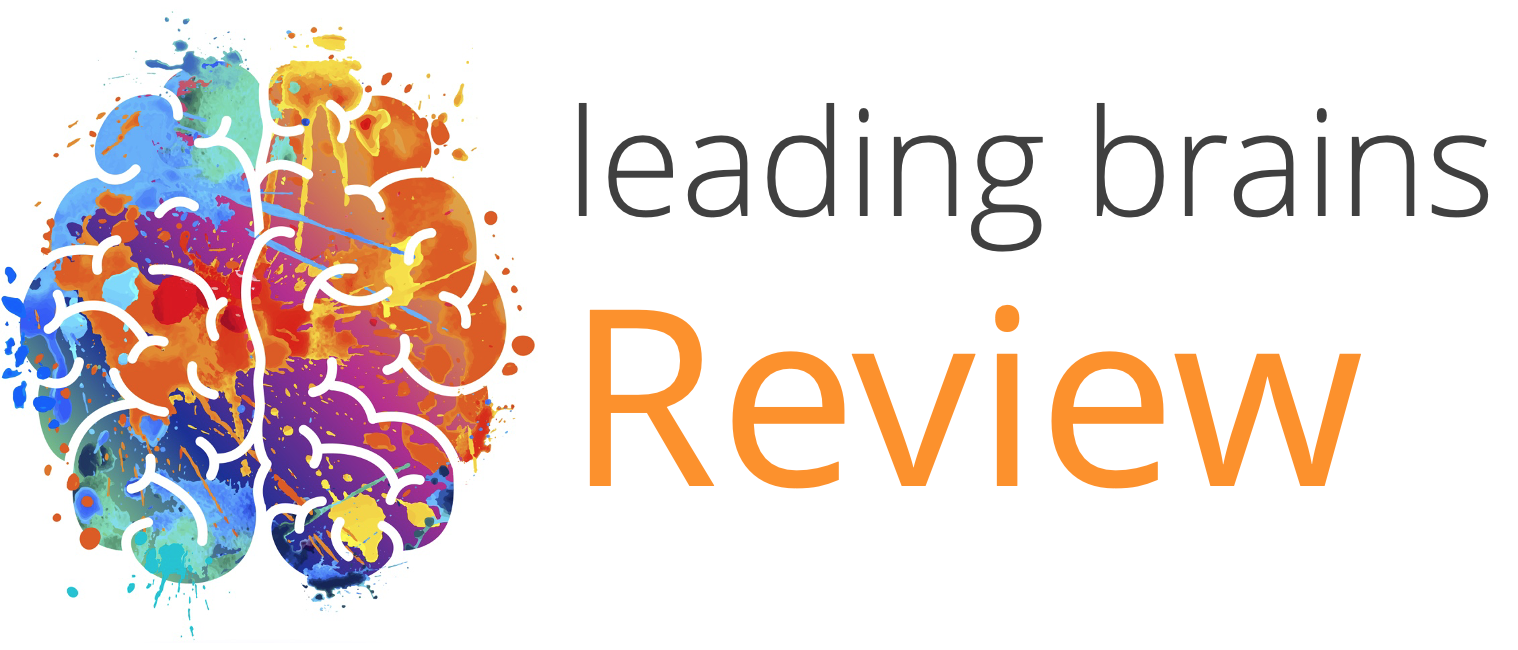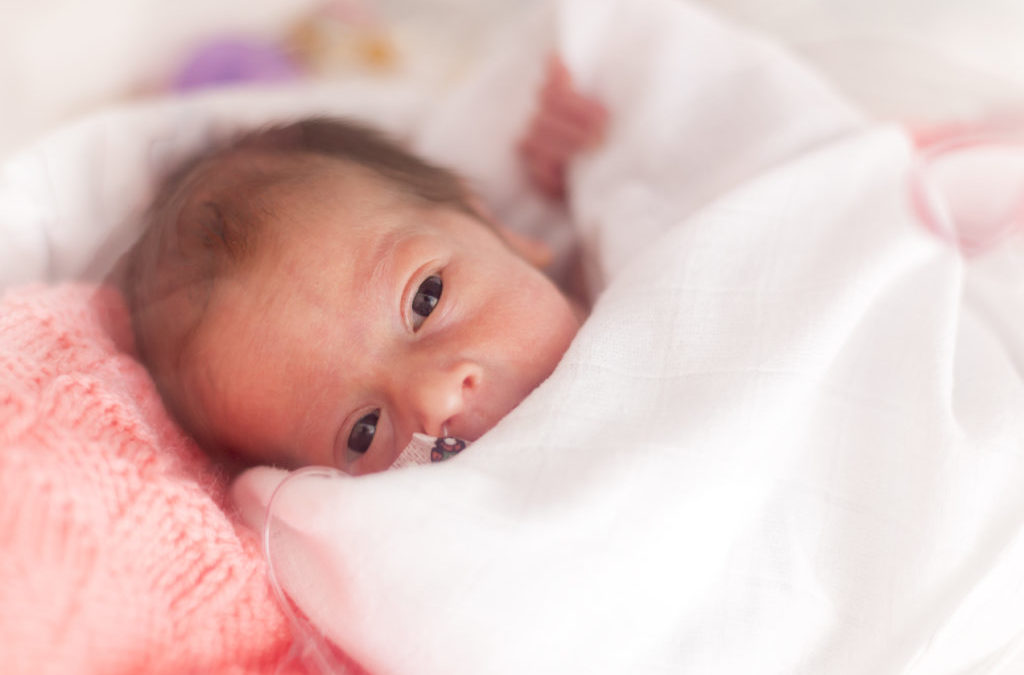Quick HitsDaily brief research updates from the cognitive sciences his is an older study (2017) I came across and found fascinating. As many of you regular readers will know I have reported many times on the benefits of exercise. But this study was...

High Traffic Noise at School, Slower Cognitive Development
Quick Hits
Daily brief research updates from the cognitive sciences

Who would have thought that traffic noise could impact cognitive development of kids? Well according to this recent piece of research it can.
Are you sure?
Well, these researchers from the Barcelona Institute for Global Health designed a pretty comprehensive study. They measure the cognitive ability of 2’680 children over 12 months on attention and working memory. They were tested four times over this 12-month period.
They attended 38 different schools and noise was measured in front of the school, in the playground, and in the classrooms.
What were the results?
The results were pretty clear. Those attending schools with higher noise levels had slower cognitive development. They were able to quantify this:
-
- A 5 dB increase in outdoor noise levels resulted in working memory development that was 11.4% slower than average
- A 5 dB increase in outdoor noise levels resulted in complex working memory development that was 23.5% slower than average. Similarly,
- A 5 dB increase in outdoor noise levels resulted in attention capacity development that was 4.8% slower than average.
Isn’t this a result of socioeconomic factors rather than noise?
It could be that poorer kids are at schools that have more noise, and that these kids are at multiple disadvantages. However, this association was dependent on noise not location. There were also other interesting correlations. Notably that noise variation in the classroom seemed to have particularly disruptive effective and this was more indicative than the average noise level.
Similarly, a noise map was used to estimate noise levels at each child’s home, and this did not seem to impact cognitive development.
It seems that noise, particularly with variation within the classroom is most disruptive, likely because this is where critical aspects of cognitive development take place.
Obviously, this would need to be followed up with more studies in more locations but, for the moment this is pretty worrying and something else that local and education authorities need to take into account●

Andy Habermacher
Andy is author of leading brains Review, Neuroleadership, and multiple other books. He has been intensively involved in writing and research into neuroleadership and is considered one of Europe’s leading experts. He is also a well-known public speaker speaking on the brain and human behaviour.
Andy is also a masters athlete (middle distance running) and competes regularly at international competitions (and holds a few national records in his age category).
Reference
Maria Foraster, Mikel Esnaola, Mónica López-Vicente, Ioar Rivas, Mar Álvarez-Pedrerol, Cecilia Persavento, Nuria Sebastian-Galles, Jesus Pujol, Payam Dadvand, Jordi Sunyer.
Exposure to road traffic noise and cognitive development in schoolchildren in Barcelona, Spain: A population-based cohort study.
PLOS Medicine, 2022; 19 (6): e1004001
DOI: 10.1371/journal.pmed.1004001
More Quick Hits
Exercise is Infectious
Breastfeeding Improves Mother’s Cognitive Abilities — Years Later
Quick HitsDaily brief research updates from the cognitive sciences o are you saying that breast feeding is not only good for the infant but also the mother?!Yes, we’ve know for a long, long time that breastfeeding is very good for the infant. Over...
Mothers Can Pass on Stress to Future Generations
Quick HitsDaily brief research updates from the cognitive sciences presume you’re not just talking about stressed mothers stressing out their kids and/or grandchildren?Not precisely. I’m talking about passing on stress activation patterns in DNA...
Learning Before Age Five Can be Seen in the Brain Forty Years Later
Quick HitsDaily brief research updates from the cognitive sciences ducation before age five leaves structural changes to the brain, identifiable forty years later — impressive! This is the beauty of long-term longitudinal studies (the negative side...
Exercise in Childhood Predicts Healthy Brains (into Adulthood)
Quick HitsDaily brief research updates from the cognitive sciences k, we all know by now that exercise is good for you. Many of you may also be more than aware that exercise is a potent stimulator for the brain encouraging brain growth and...
The Surprising Truth of Why Powerful People can be Toxic
Quick HitsDaily brief research updates from the cognitive sciences e’ve all heard the stories of toxic bosses, and powerful people who happily destroy other people’s lives, and show no compassion to those less fortunate than themselves. There is a...














